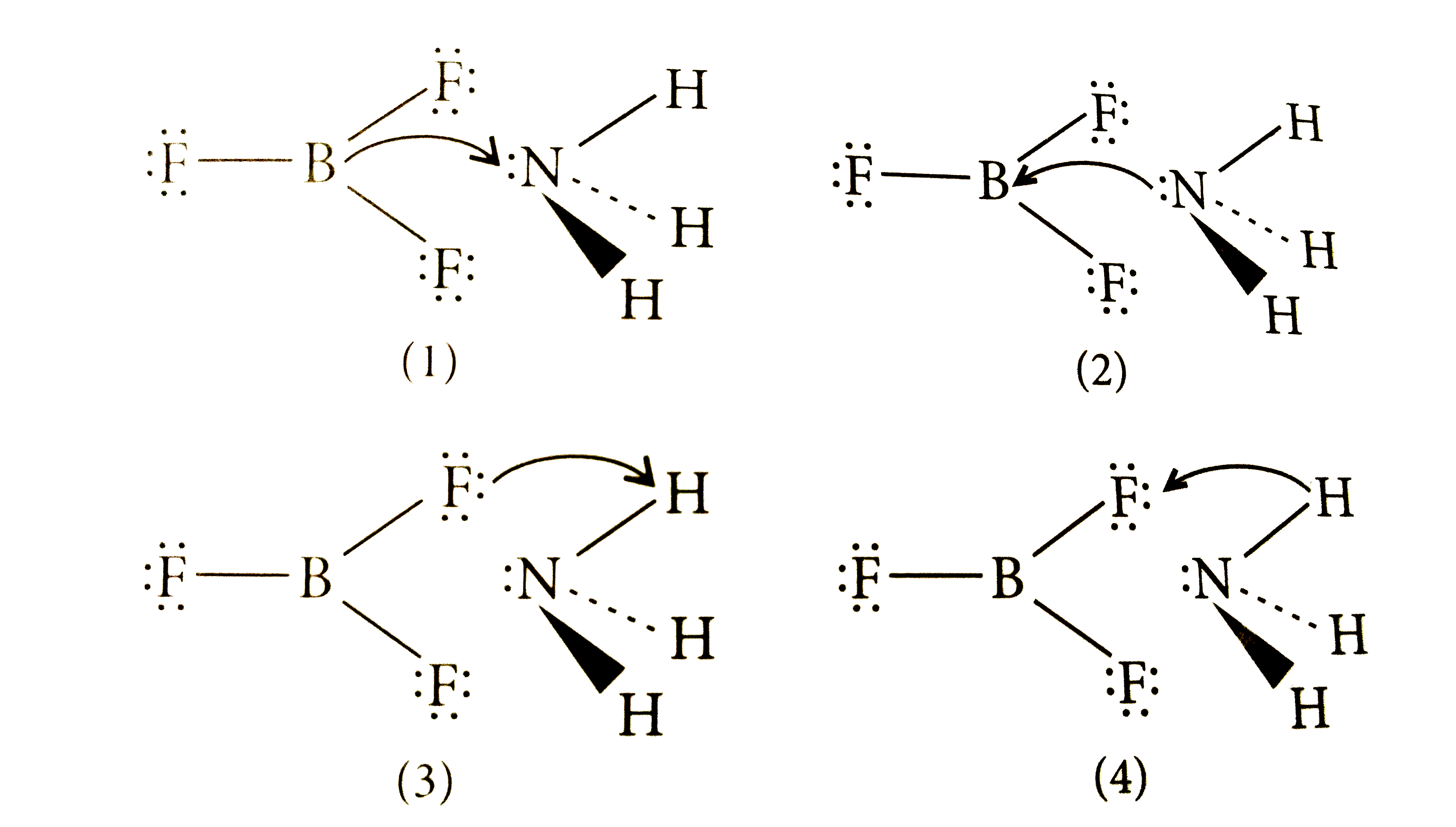Amino acids undergo internal acid base reaction to form:
an amide
a lactum
zwitter ion
a peptide
The correct Answer is:C
To solve the question "Amino acids undergo internal acid-base reaction to form:", we will follow these steps:
Step 1: Understand the Structure of Amino Acids
Amino acids consist of a central carbon atom (C) bonded to four different groups: an amino group (-NH2), a carboxyl group (-COOH), a hydrogen atom (H), and a variable side chain (R group).
Hint: Recall the general structure of amino acids and identify the functional groups present.
Step 2: Identify Acidic and Basic Groups
In an amino acid, the carboxyl group (-COOH) acts as an acid because it can donate a proton (H+), while the amino group (-NH2) acts as a base because it can accept a proton.
Hint: Remember that acids donate protons and bases accept protons.
Step 3: Internal Acid-Base Reaction
When an amino acid is in solution, the carboxyl group can donate a proton to the amino group. This internal reaction leads to the formation of a zwitterion, where the amino acid has both a positive charge (on the amino group, which becomes -NH3+) and a negative charge (on the carboxyl group, which becomes -COO-).
Hint: Think about how the transfer of a proton changes the charges on the functional groups.
Step 4: Formation of Zwitterion
The zwitterion is a dipolar ion, meaning it has both positive and negative charges but is overall neutral. This zwitterionic form is stable and is the predominant form of amino acids at their isoelectric point (pH at which the amino acid has no net charge).
Hint: Consider the significance of the isoelectric point in the behavior of amino acids in solution.
Conclusion
Amino acids undergo internal acid-base reactions to form zwitterions, which are also referred to as internal salts. This zwitterionic form is crucial for the properties and behavior of amino acids in biological systems.
Final Answer: Amino acids undergo internal acid-base reactions to form zwitterions (internal salts).
Amino acids consist of a central carbon atom (C) bonded to four different groups: an amino group (-NH2), a carboxyl group (-COOH), a hydrogen atom (H), and a variable side chain (R group).
In an amino acid, the carboxyl group (-COOH) acts as an acid because it can donate a proton (H+), while the amino group (-NH2) acts as a base because it can accept a proton.
When an amino acid is in solution, the carboxyl group can donate a proton to the amino group. This internal reaction leads to the formation of a zwitterion, where the amino acid has both a positive charge (on the amino group, which becomes -NH3+) and a negative charge (on the carboxyl group, which becomes -COO-).
The zwitterion is a dipolar ion, meaning it has both positive and negative charges but is overall neutral. This zwitterionic form is stable and is the predominant form of amino acids at their isoelectric point (pH at which the amino acid has no net charge).
Amino acids undergo internal acid-base reactions to form zwitterions, which are also referred to as internal salts. This zwitterionic form is crucial for the properties and behavior of amino acids in biological systems.
Similar Questions
Knowledge Check
Amino acids bonded together in long peptide chains form:
Anucleic acidsBorganic acidsCproteinsDhydrocarbonsAmino acids are the building blocks of
ACarbohydratesBVitaminsCFatsDProteins
Amino acids are absorbed in -
View SolutionWhich of the following species can be formed in acid-base reactions as Bronsted base as well as Bronsted acids?
View SolutionWhich of the following species formed in acid base reactions can act as Bronsted buses as well as Bronsted acids?
View SolutionWhich of the following amino acids do not give purple colour on reaction with ninhydrin ?
View SolutionAmino acids are produced from
View SolutionAmino acids are broken down to form urea .
View Solution

